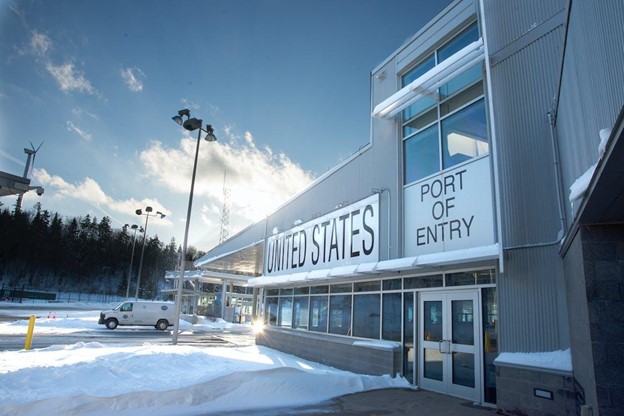Now Reading: Breaking the Silence: Confronting the Shadows of Sexual Misconduct
-
01
Breaking the Silence: Confronting the Shadows of Sexual Misconduct

Breaking the Silence: Confronting the Shadows of Sexual Misconduct
Sexual misconduct is a deeply entrenched issue that affects individuals of all genders, ages, and backgrounds. For far too long, a culture of silence and shame has allowed these acts to persist, leaving survivors to suffer in silence. However, society is gradually awakening to the urgency of confronting the shadows of sexual misconduct and fostering an environment of accountability and support.
In this article, Heninger Garrison Davis, LLC will explore the importance of breaking the silence surrounding sexual misconduct, the various forms it can take, and the steps we can take to address and prevent such behavior.
The Prevalence of Sexual Misconduct
Sexual misconduct encompasses a wide range of behaviors, from verbal harassment to non-consensual sexual acts. It is important to acknowledge that sexual misconduct affects individuals of all genders, although women have historically been disproportionately impacted. According to studies, such as the National Intimate Partner and Sexual Violence Survey conducted in the United States, one in three women and one in six men experience some form of sexual violence during their lifetime.
Forms of Sexual Misconduct
Sexual harassment includes unwanted sexual advances, comments, or gestures that create a hostile or uncomfortable environment. It can occur in various settings, such as workplaces, educational institutions, or public spaces.
Sexual assault involves any non-consensual sexual activity, ranging from unwanted touching to rape. It is a severe violation of an individual’s autonomy and can have long-lasting physical and psychological effects.
Rape is a particularly egregious form of sexual misconduct involving penetration without consent. It is a traumatic experience that leaves survivors with profound emotional scars.
Sexual misconduct can also manifest within intimate relationships. Intimate partner violence includes sexual coercion, manipulation, or assault perpetrated by a current or former partner.
Breaking the Silence
Breaking the silence surrounding sexual misconduct is crucial for several reasons. Firstly, it allows survivors to share their stories, shedding light on the magnitude of the issue and dispelling the shame and self-blame often associated with such experiences. Speaking out encourages others who have faced similar situations to come forward, fostering a sense of solidarity and community.
Lastly, public awareness raises societal consciousness, prompting a collective response that demands accountability and change.
Supporting Survivors
Supporting survivors of sexual misconduct is an essential part of breaking the silence. Here are some key ways to provide assistance:
- Believe and Validate: It is vital to listen to survivors without judgment and believe their accounts. Validating their experiences can help restore their sense of agency and reduce feelings of isolation.
- Encourage Professional Help: Encourage survivors to seek professional support from therapists, counselors, or support groups. These resources can provide specialized guidance and assist in the healing process.
- Foster Safe Spaces: Create safe and inclusive environments where survivors can openly share their experiences without fear of retaliation or stigma. Encourage organizations and institutions to establish clear policies and procedures to address sexual misconduct.
Education and Prevention
Education plays a crucial role in preventing sexual misconduct. By promoting awareness and fostering a culture of consent, we can create a society that respects boundaries and empowers individuals. Some key strategies for education and prevention include:
- Comprehensive Sex Education: Implement comprehensive sex education programs in schools that go beyond the basics of reproductive health and cover topics such as consent, healthy relationships, and boundaries.
- Challenging Gender Stereotypes: Address ingrained gender stereotypes and norms that perpetuate harmful attitudes and behaviors. Promote equality and respect for all genders.
- Bystander Intervention: Encourage bystanders to intervene when they witness potentially harmful situations. Provide training on how to recognize signs of sexual misconduct and safely intervene.
Contact Us Today
Breaking the silence surrounding sexual misconduct is a critical step toward creating a safer and more equitable society. By acknowledging the prevalence of sexual misconduct, supporting survivors, and actively engaging in prevention efforts, we can confront the shadows of this issue. It is essential to remember that change starts with each of us, and together we can build a future free from the shadows of sexual misconduct.










